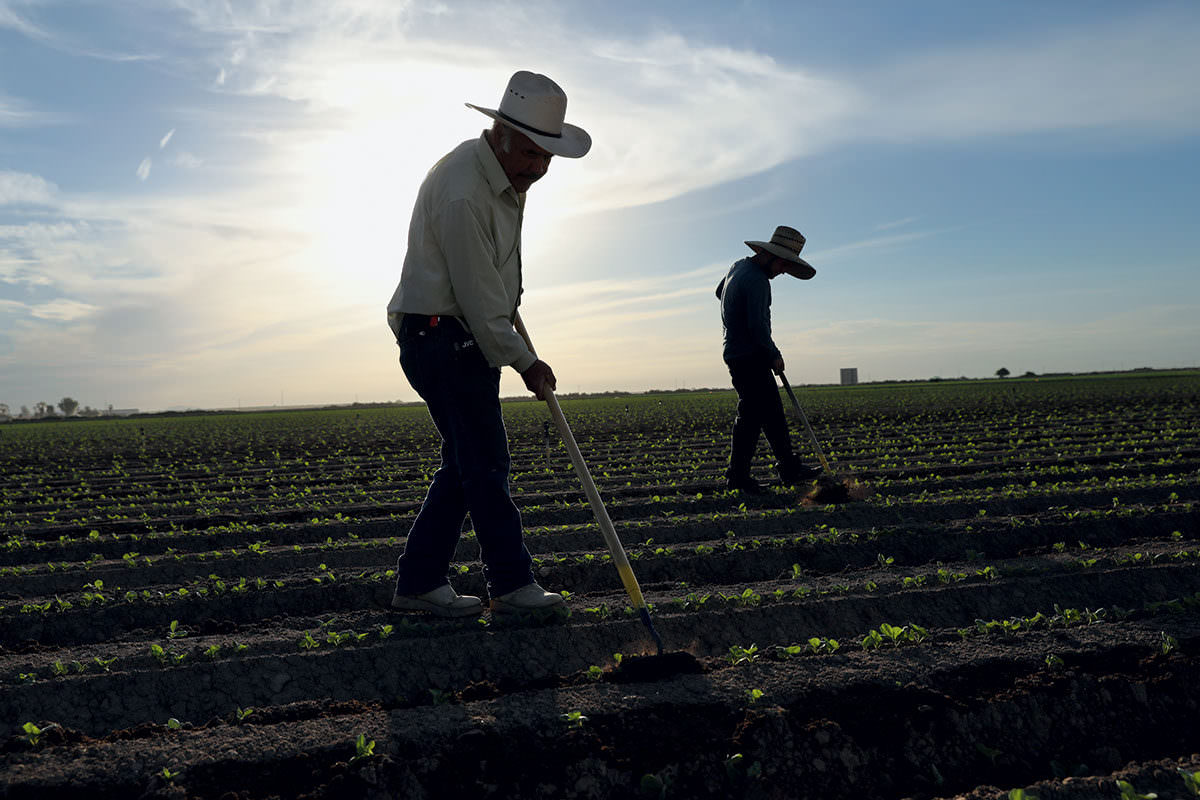As Gov. Gavin Newsom swung through the Central Valley on Tuesday to tour the historic flooding, namely the reformation of the old Tulare Lake, a bipartisan group of lawmakers are asking for the governor to provide funding to protect the affected communities.
The Guv’s take: During a press conference at Hansen Ranches in Corcoran, Newsom delivered a message that California’s emergency response machinery was merely getting started on a long-haul exercise to avert a deeper crisis of flooding as Sierra snowpack melts.
- Despite that, Newsom couldn’t avoid poking a sore subject – the decision by four south Valley counties to not join the coordinated the Central Valley Flood Control Plan – while simultaneously arguing that affected locals “want to know what to do, not who’s to blame.”
The big picture: The group of lawmakers penned a letter to Newsom on Tuesday asking him to dedicate $100 million to restore previous and current year funding that was diverted and cut from San Joaquin River floodplain restoration.
- The lawmakers also asked Newsom to commit an additional $100 million to provide disaster relief to the affected counties.
- Central Valley Assemblymembers who signed the letter are Vince Fong (R–Bakersfield), Jim Patterson (R–Fresno), Heath Flora (R–Ripon), Juan Alanis (R–Modesto), Devon Mathis (R–Visalia) and Jasmeet Bains (D–Bakersfield).
What they’re saying: Lawmakers warned that when the state’s historic snowpack melts, California could be due for even more flooding and destruction that could cause over $1 trillion in damages.
- “Restoring floodplains is a critical and cost-effective flood prevention tool. As water levels in rivers rise due to rain and snowmelt, floodplains offer opportunities to divert that water to mitigate flooding,” they wrote. “Floodplains allow water to flow outside of a river’s main channel and temporarily store it to prevent damage. They also provide space for recreation, habitat for wildlife, and can recharge groundwater to improve water supplies. Floodplains will help protect exposed vulnerable communities.”










